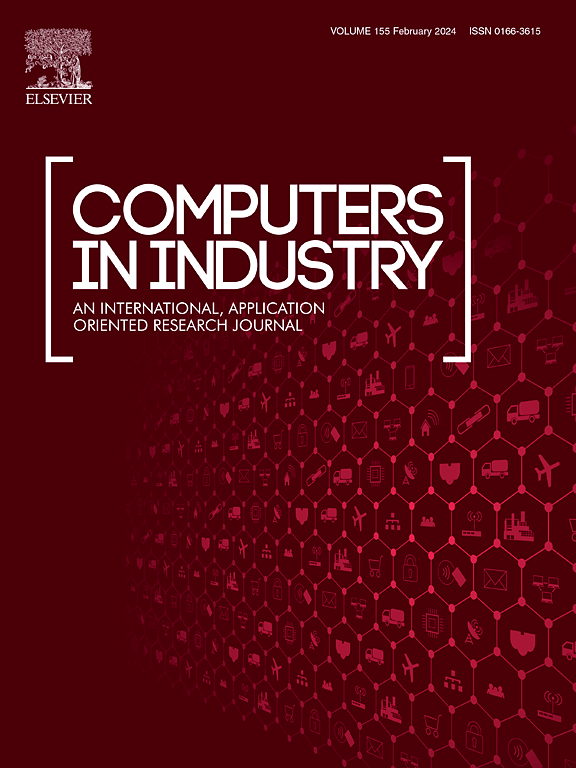Battery testing ontology: An EMMO-based semantic framework for representing knowledge in battery testing and battery quality control
IF 8.2
1区 计算机科学
Q1 COMPUTER SCIENCE, INTERDISCIPLINARY APPLICATIONS
引用次数: 0
Abstract
The demand for advanced battery management systems (BMSs) and battery test procedures is growing due to the rising importance of electric vehicles (EVs) and energy storage systems. The diversity of battery types, chemistries and application scenarios presents challenges in designing and optimizing BMSs and determining optimal battery test strategies. To address these challenges, semantic web technologies and ontologies offer a structured and common vocabulary for information sharing and reuse in battery management and testing. This work introduces the Battery Testing Ontology (BTO), a standardized, comprehensive, and semantically flexible framework for representing knowledge in electrical battery testing and quality control. BTO models a variety of electrical battery cell tests, specifying required test hardware and calibration procedures, mechanical fixturing of batteries, and referencing electrical measurement data. For example, it supports electrochemical impedance spectroscopy, self-discharge and high-voltage separator tests, the latter specifically demonstrating separator requirements, hardware specifications, and measurement details. Positioned within the ontology ecosystem of materials science, BTO aligns with the Elementary Multiperspective Material Ontology (EMMO) and related domain ontologies such as the Characterization Methodology Ontology (CHAMEO). This work elaborates on BTO’s development, structure, components and applications, highlighting its significant contributions to the field of battery testing.
电池测试本体论:基于 EMMO 的语义框架,用于表示电池测试和电池质量控制方面的知识
由于电动汽车(EV)和储能系统的重要性不断提高,对先进电池管理系统(BMS)和电池测试程序的需求也在不断增长。电池类型、化学成分和应用场景的多样性给设计和优化 BMS 以及确定最佳电池测试策略带来了挑战。为应对这些挑战,语义网技术和本体为电池管理和测试中的信息共享和重用提供了结构化的通用词汇。这项工作介绍了电池测试本体(BTO),这是一个标准化、全面、语义灵活的框架,用于表示蓄电池测试和质量控制方面的知识。BTO 对各种电池测试进行建模,指定所需的测试硬件和校准程序、电池的机械固定装置,并引用电气测量数据。例如,它支持电化学阻抗光谱、自放电和高压隔膜测试,后者特别展示了隔膜要求、硬件规格和测量细节。BTO 定位于材料科学本体生态系统,与基本多视角材料本体(EMMO)和相关领域本体(如特性分析方法本体(CHAMEO))保持一致。本作品详细阐述了 BTO 的开发、结构、组件和应用,强调了其对电池测试领域的重大贡献。
本文章由计算机程序翻译,如有差异,请以英文原文为准。
求助全文
约1分钟内获得全文
求助全文
来源期刊

Computers in Industry
工程技术-计算机:跨学科应用
CiteScore
18.90
自引率
8.00%
发文量
152
审稿时长
22 days
期刊介绍:
The objective of Computers in Industry is to present original, high-quality, application-oriented research papers that:
• Illuminate emerging trends and possibilities in the utilization of Information and Communication Technology in industry;
• Establish connections or integrations across various technology domains within the expansive realm of computer applications for industry;
• Foster connections or integrations across diverse application areas of ICT in industry.
 求助内容:
求助内容: 应助结果提醒方式:
应助结果提醒方式:


